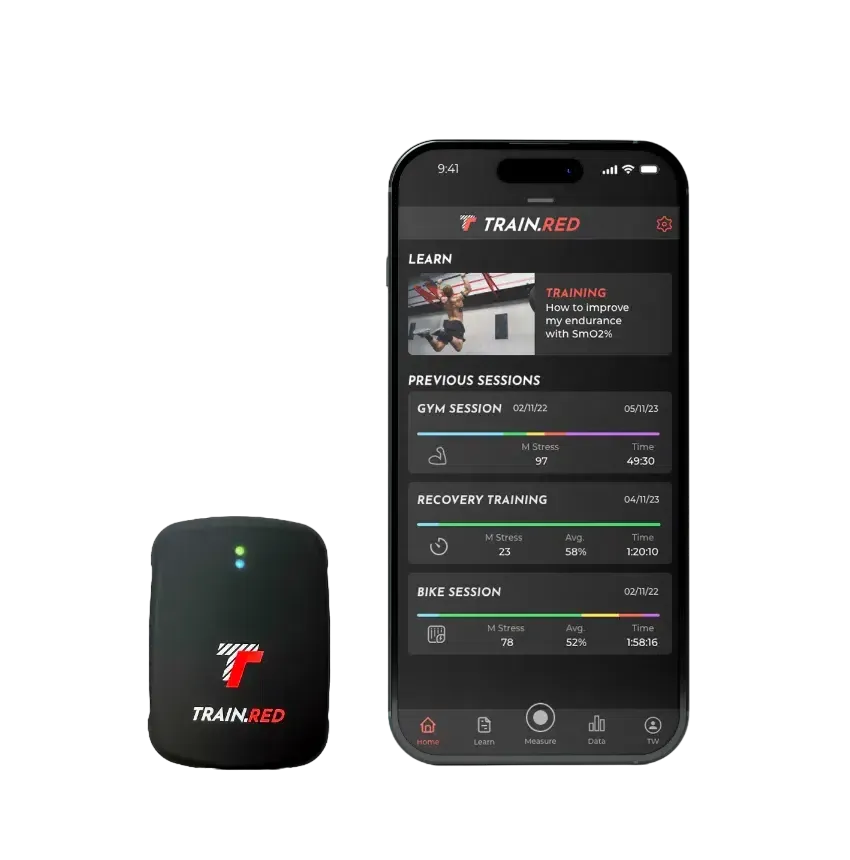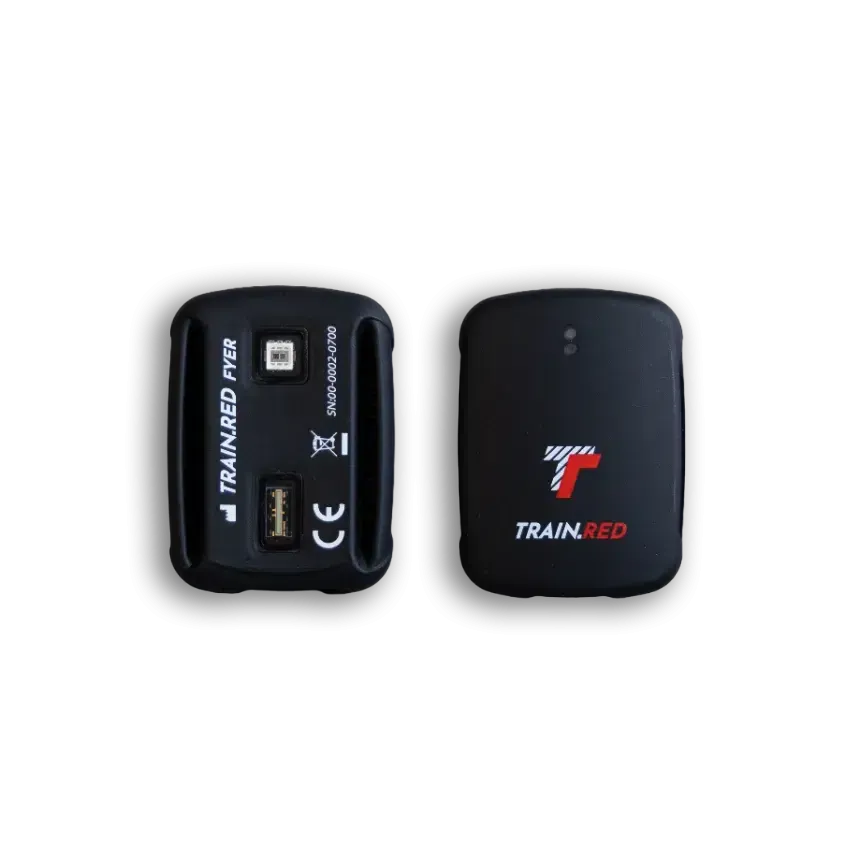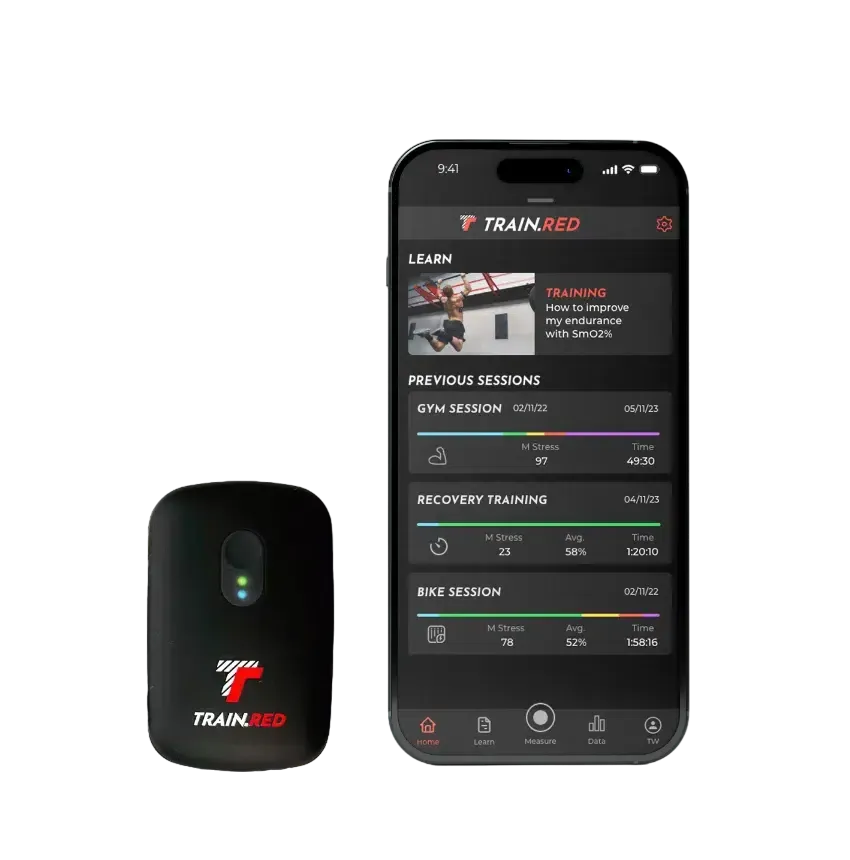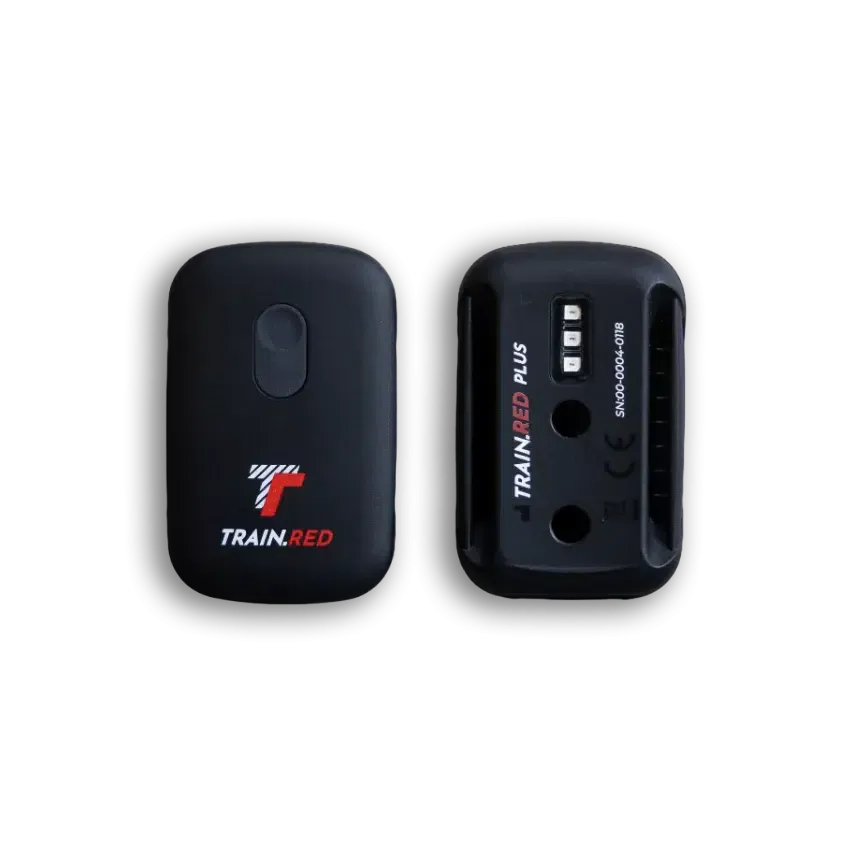
Better, Step by Step | Kris Jones at OCC 2025
The OCC is one of the, if not 'the' most competitive 50 km mountain trail races in the world. The 50k category final for the UTMB World Series.It is normally around 45 km long with 3,400 m of eleva...
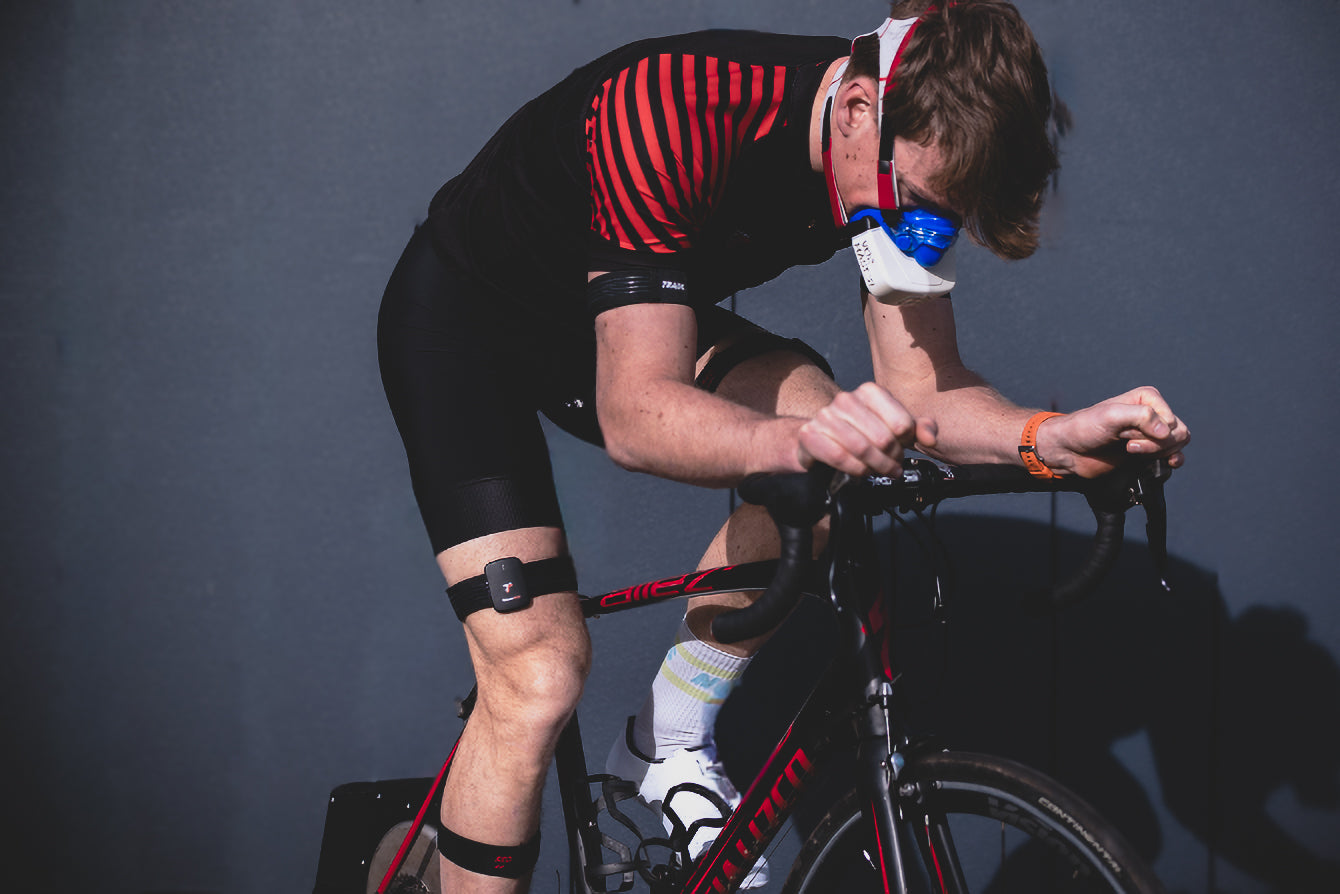
Why Threshold Detection Matters More Than You Think
Why Threshold Detection Matters More Than You Think In endurance sports and performance testing, thresholds are key checkpoints that reveal how the body transitions between energy systems. Detectin...

Road to Chicago: Inside HYROX Elite 15 with Thierry and Hidde (Interview)
From Setback to Comeback Thierry and Hidde's journey to the HYROX World Championships in Chicago is a story of resilience. After a tough near-miss at the HYROX event in Paris, they regrouped and r...
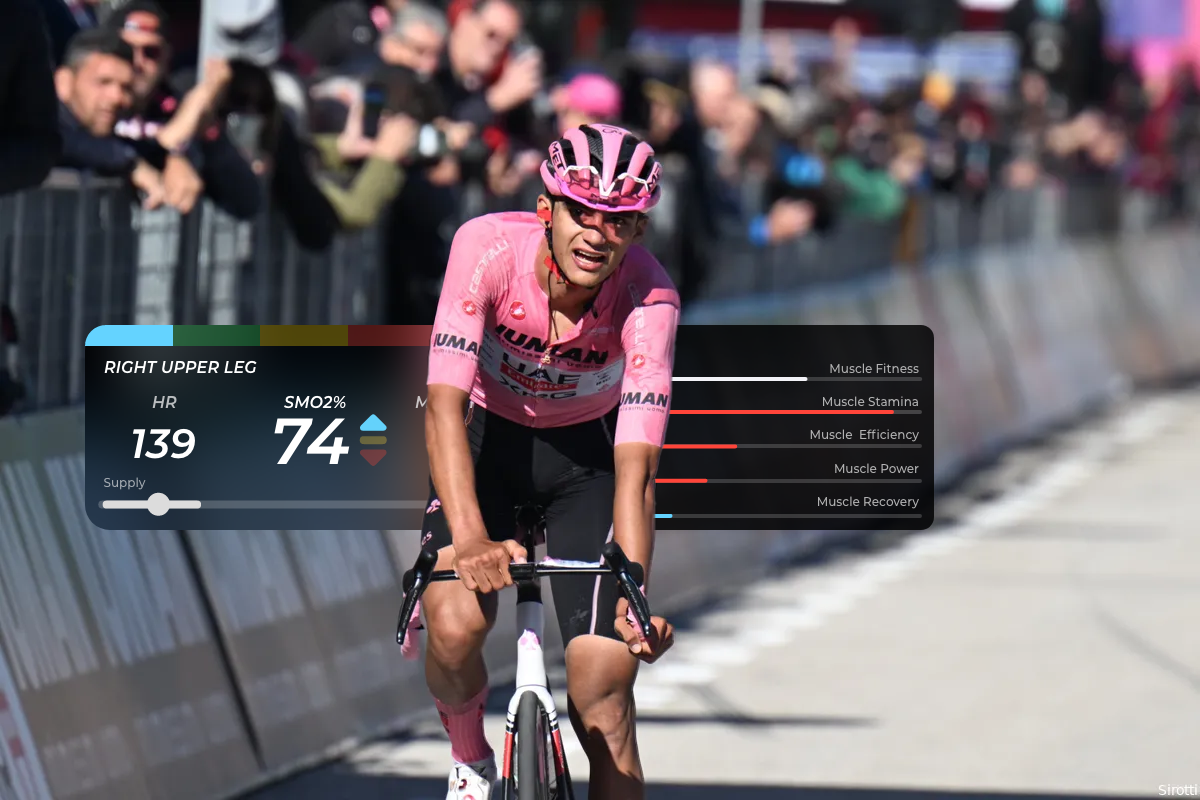
THE GIRO D’ITALIA: WHY MUSCLE OXYGEN MAY PREDICT THE WINNER
What Kind of Competition Is the Giro? The Giro d’Italia is one of cycling’s hardest Grand Tours — 21 stages across three weeks of mountains, sprints, crashes, strategy, and survival. Compared to th...

Tracking Muscle Oxygen in the Water: New way to enhance swimming performance
A recent study shows that wearable NIRS technology can be used during swimming to assess muscle function in real-time.Understanding Muscle Function in real training environmentsTraining for perform...
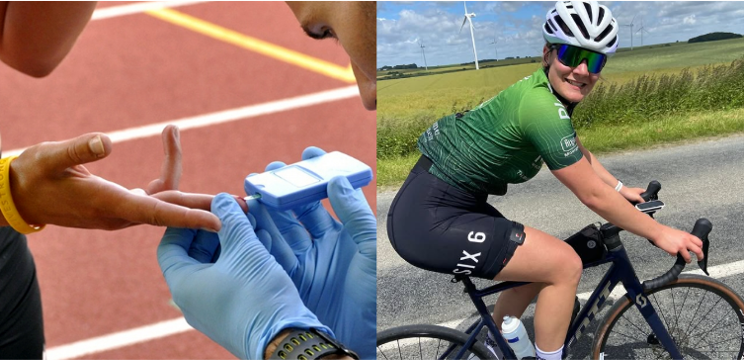
Why Real-Time Lacate Monitoring Isn’t There Yet and the Role of Muscle Oxygen
Introduction: Lactate's Role in Training For decades, lactate has been used for understanding exercise intensity and training adaptations. Lactate was long misunderstood as a "waste product" of ana...
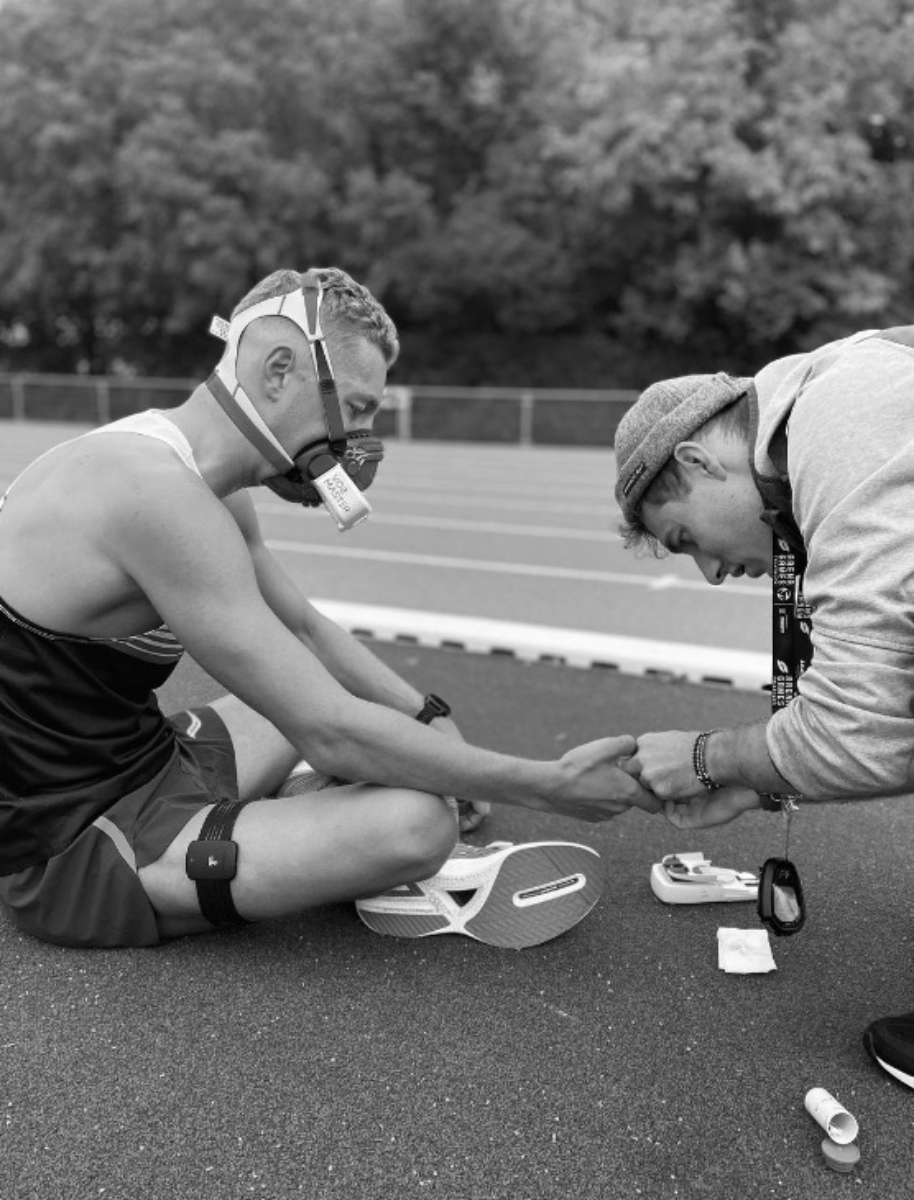
Muscle oxygen (SmO2) and lactate: Are they competitors or complementary metrics?
INTRODUCTION In endurance sports and training, identifying physiological thresholds is crucial for optimizing performance and monitoring fitness. Traditionally, lactate thresholds have been used as...
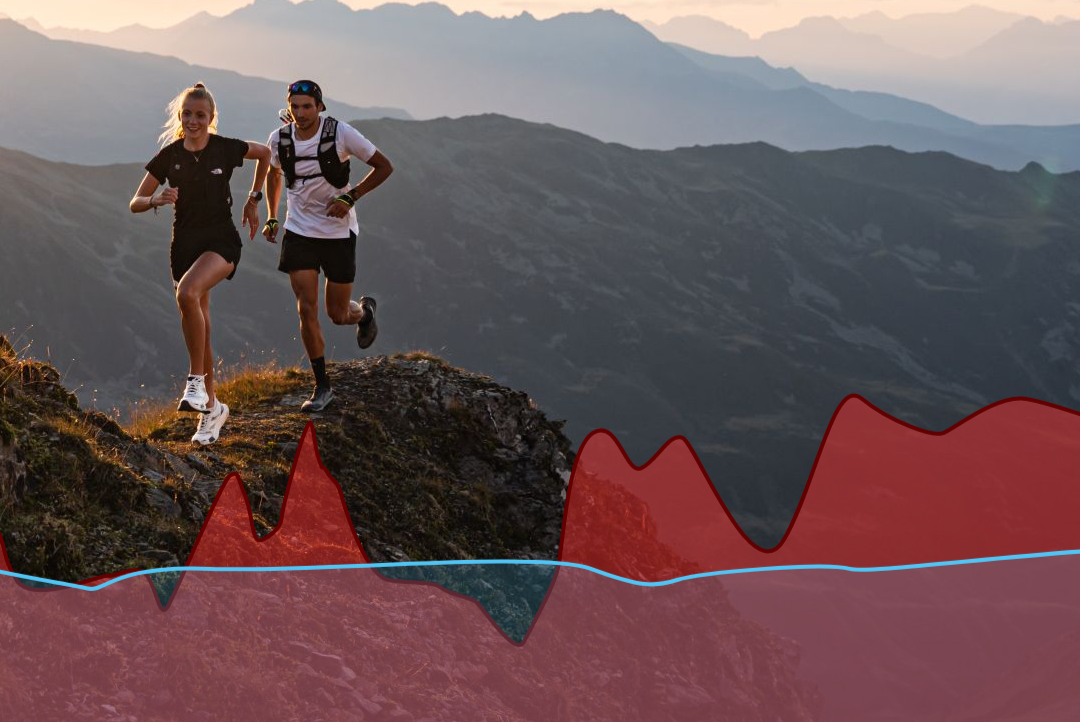
HEART RATE VS. MUSCLE OXYGEN: HOW DO THEY COMPARE?
Introduction In our last blog, we explored how heart rate and muscle oxygen saturation can be measured using various technologies. But now comes the interesting part—understanding how the data fr...
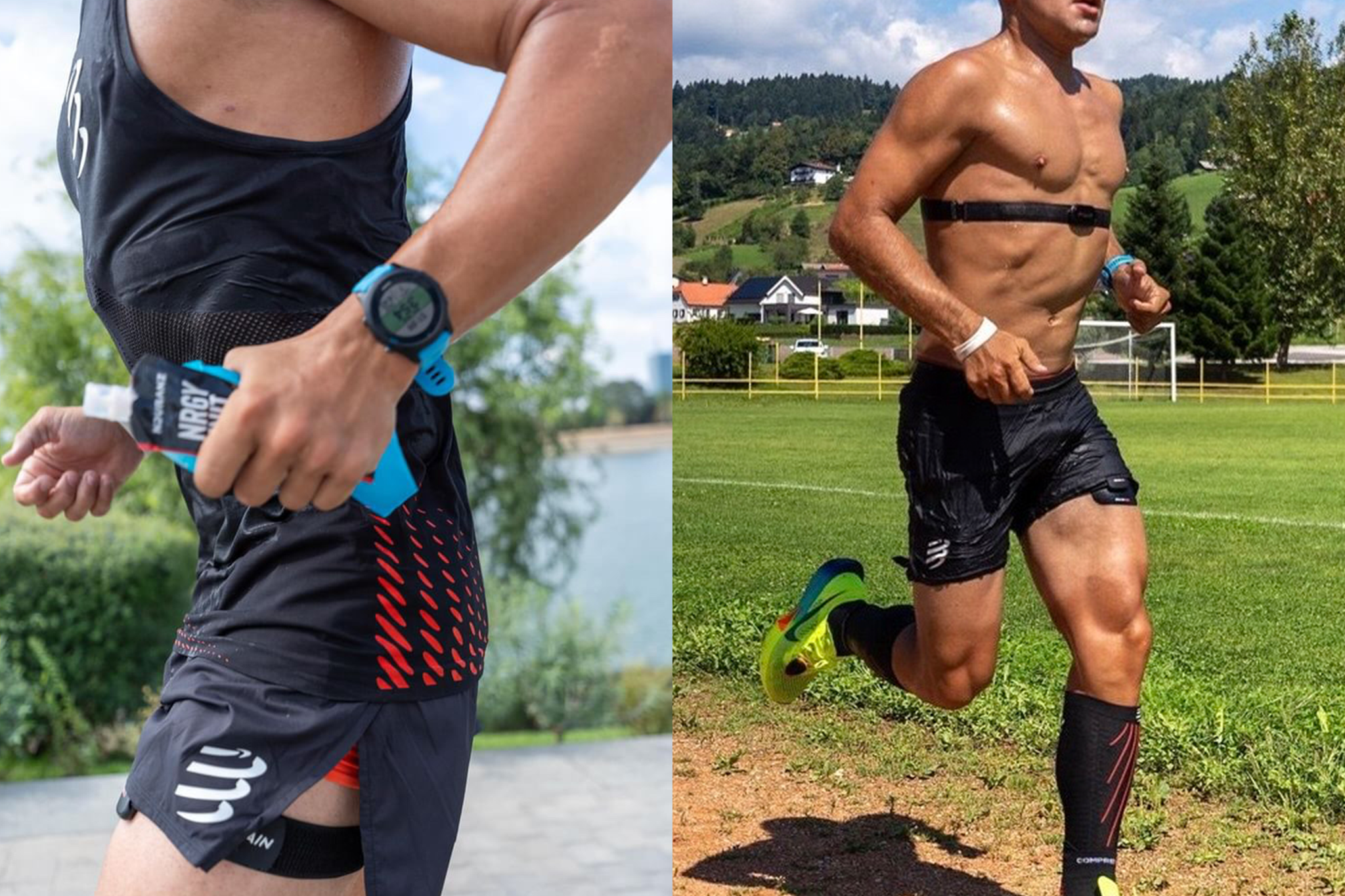
From Pulse Checks to Muscle Oxygen: How Performance Measurement Has Evolved
INTRODUCTION Is your heart beating faster because your muscle needs more oxygen, or does your muscle have more oxygen because your heart rate increases? Heart rate is one of the best indicators of ...

